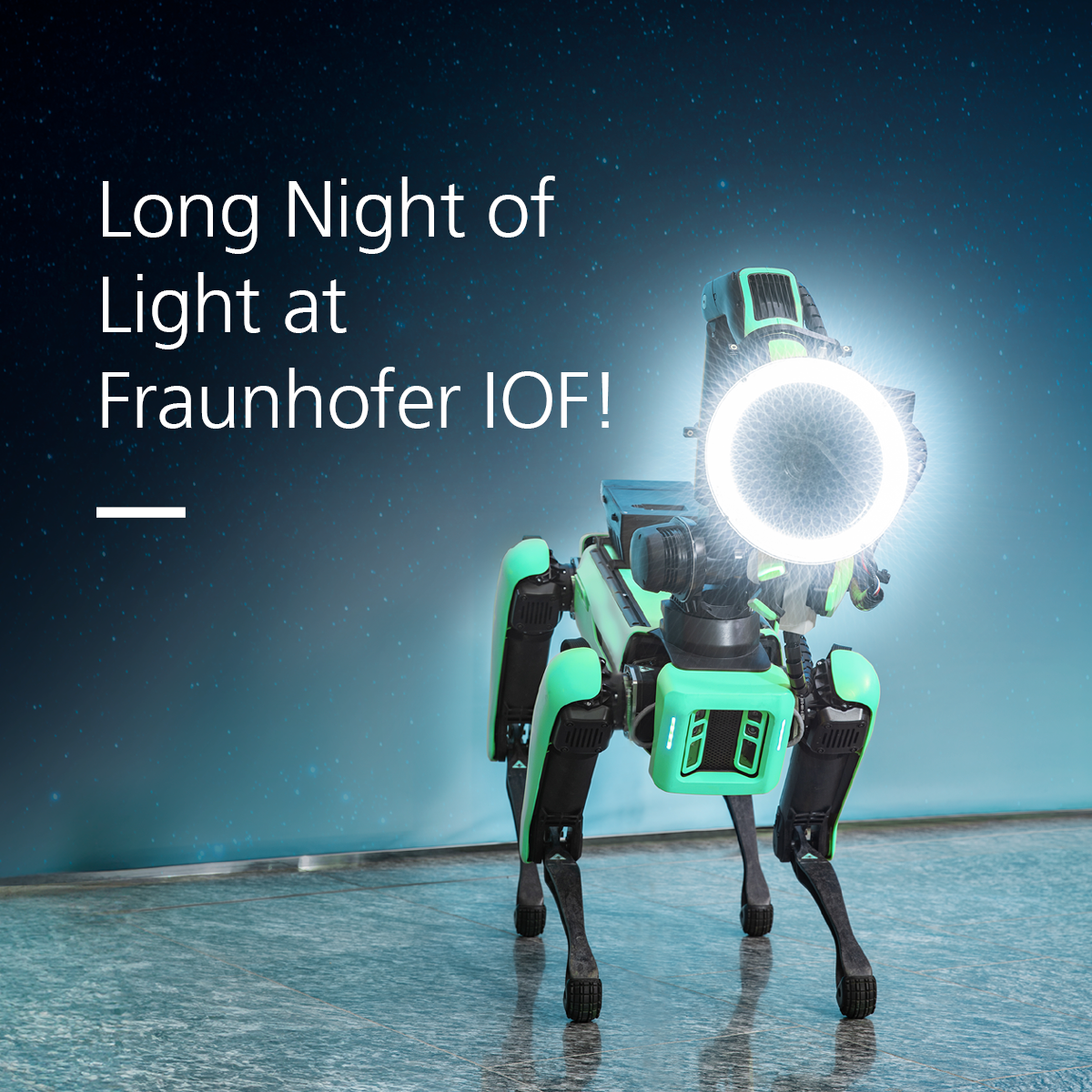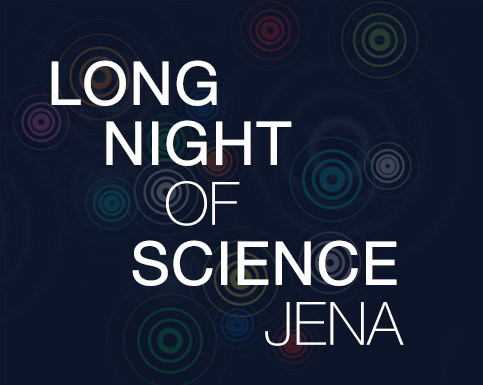The Fraunhofer Institute for Applied Optics and Precision Engineering IOF is opening its doors for the Long Night of Science in Jena on November 22 and invites night owls and science fans to immerse themselves in the fascinating world of optics and photonics. From 6 p.m. to midnight, interested parties can experience hands-on research in the context of lectures, themed worlds and hands-on activities.
Lights on at Fraunhofer IOF! For the Long Night of Science on November 22nd in Jena, we are putting our research and innovations in the spotlight and inviting science fans young and old to experience optics and photonics up close.
From 6 p.m. to midnight, four exciting theme worlds are waiting to be discovered: Explore the infinite expanses of space, learn about innovative solutions for the road traffic of the future, immerse yourself in the world of futuristic robots or observe how "enchanted" light particles communicate with each other. In addition, we offer exciting presentations in which experts report in detail on innovative technologies and research at Fraunhofer IOF.
With our interactive hands-on activities, even the youngest night owls can slip into the role of researchers and discover science in a playful way.
Find an overview of our program here.

